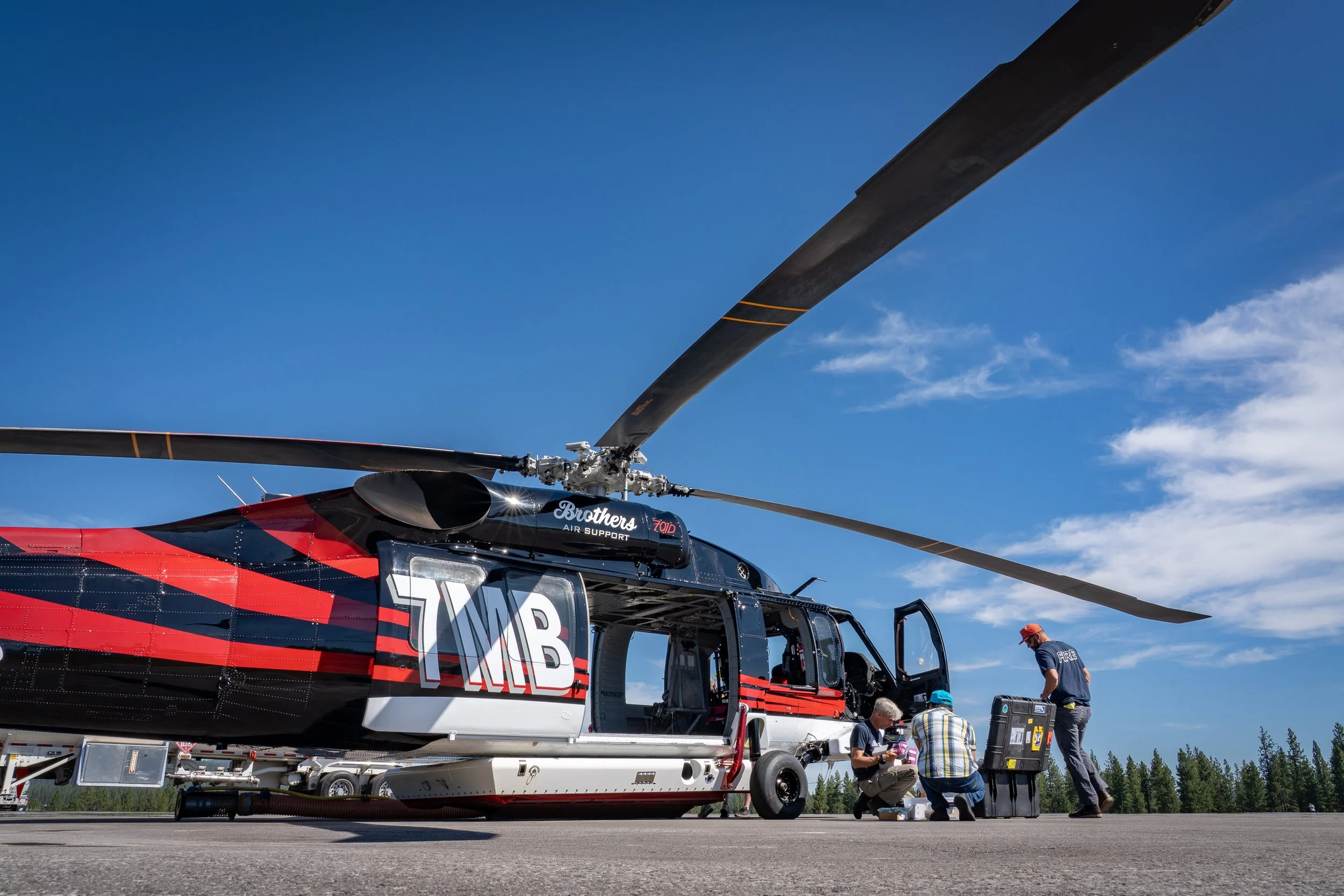
Autonomous aircraft for wildfire response
Rain adapts military and civil autonomous aircraft with the intelligence to perceive, understand, and suppress wildfires.
Our technology equips fire agencies with a new layer of safety for human-piloted missions, and enables efficient command of a network of uncrewed aircraft prepositioned in remote areas to reduce response time.
This simulation combines fire propagation and fire suppression modeling to determine how many aircraft are required to contain or slow an ignition before it reaches its inflection point.
-

Fire is detected early
With over 1,100 early fire watch cameras in California and more across the American West, many regions recognize the growing threat of wildfire and have already invested in early detection. -

Rain-enabled aircraft respond
Rain’s wildfire mission autonomy system perceives the fire, understands its behavior, size, direction of spread, and uses that information to design a suppression strategy. -

Fire is contained
Rain’s wildfire intelligence system builds a strategy that considers subsequent responding aircraft, incorporating their resources and arrival times into an optimal suppression strategy. Ground crews ensure complete fire suppression.
What fire agency leaders are saying
“Rain’s autonomous wildfire suppression technology will give every community the opportunity to stop wildfires before they grow out of control.”
“We need much more low intensity, healthy fire and less high intensity, damaging fire. Rain succeeds for both of these goals by making it easier to control damaging fires in new ways, and by helping us advance low intensity fire when and where we need it.”
“Rain is creating a more efficient wildfire response framework that ultimately saves lives, property and our natural ecosystems.”
“Autonomous aircraft—both crewed and uncrewed—can increase flexibility and capacity for on-the-ground incident commanders, ultimately saving lives and property for the communities we serve. Rain is at the forefront of this exciting firefighting evolution.”

Built with Fire Professionals
We are solving our own problem. Our team has worked alongside fire professionals since day one to build a system that works every time. We have personal experience with catastrophic wildfire.
Updates







